
By Dr. Bill Lipsky–
When Harvey Milk proposed the first Castro Street Fair in 1974, he had three goals in mind. First, he wanted to show all San Francisco that an old working-class neighborhood in Eureka Valley, near the geographic center of the city, was now a vibrant and prospering LGBT community. Second, he wanted to register as many people as possible for the upcoming elections. Finally, he wanted everyone to have a wonderful time on a lovely summer afternoon.
The first goal was easily achieved. On August the 18th, 1974, some 5,000 people crowded onto Castro Street for the festivities. The largest gathering that the neighborhood had seen since the California Centennial Celebration held many years before, it immediately became one of the major events on the city’s LGBT calendar. Even without Henry the Horse dancing the waltz, the “carnival spirit” and “good vibrations” of the day meant “a splendid time” was “guaranteed for all.”
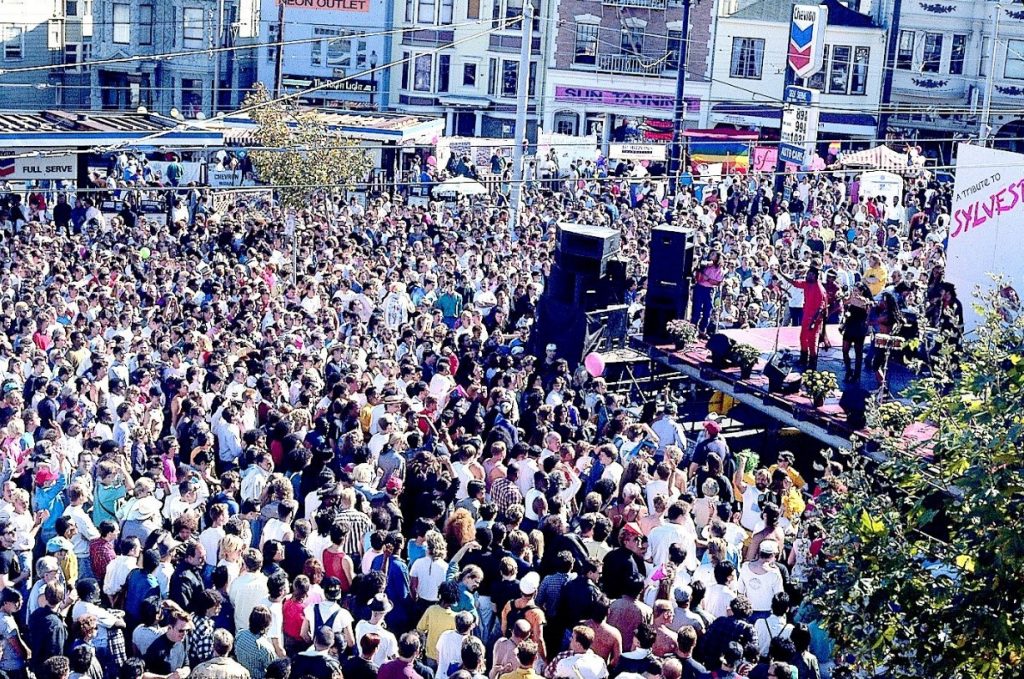
Harvey’s second goal was not as easy to accomplish, but he believed it was vitally important. At a time when same-sex intimacy between consenting adults was still illegal in California, he understood that “if the gay community is ever to get the laws and general attitudes changed, it will come only through the voting booth.” In addition to everyone else, he had 10 registrars there to begin a massive drive to register voters in the LGBT community.
There was no secret about Harvey’s ultimate objective: “The more we register, the more clout the gay community has. The more clout that we get, the easier the laws are changed.” Without that clout, he wrote, “gay rights will forever be something sought after.” More than 300 people registered at the Fair and he signed up an additional 2,000 new voters by election day. Harvey believed this success was his greatest achievement of the year.

The third goal was the easiest of all to reach. The artisans, entertainers who performed from the stage at 18th and Castro Streets, food and beverage vendors—Le Bistro at 456 Castro served crepes from a sidewalk stand; the Castro Cabana at 599 Castro gave away cotton candy—jugglers, and fairgoers who simply were able to be themselves saw to that. Harvey called the first Fair “a fantastic success.”
Harvey may have gotten the idea for the first Fair after going to a similar event in North Beach (see the story about San Francisco Bay Times photographer Rink in this issue) and perhaps after hearing that Polk Street, then with its own large LGBT community, was planning one. He simply refused to be outdone. The Castro Street Fair quickly became “one of San Francisco’s most spirited and colorful annual events.” Harvey knew why: “Everyone needs a sense of belonging and neighborliness and the chance to celebrate the joys of living where we live.”
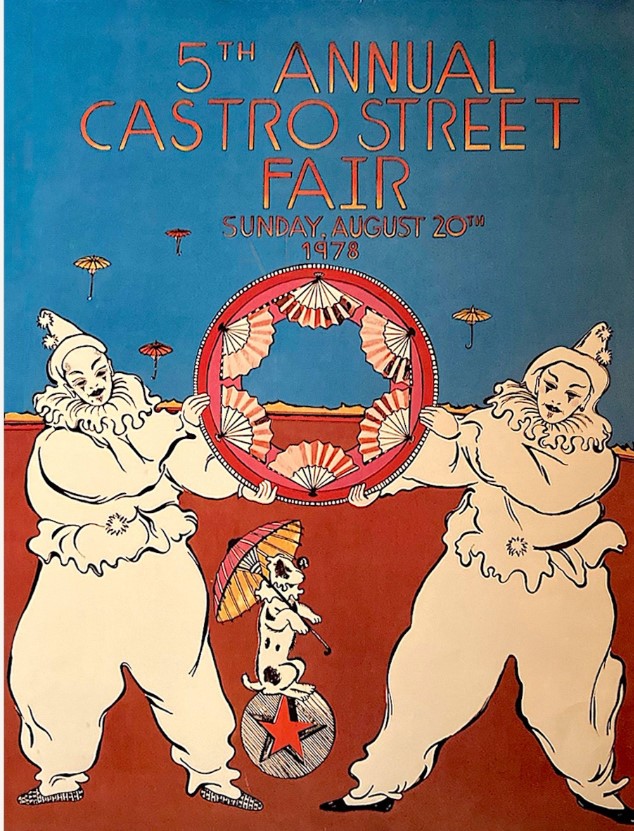
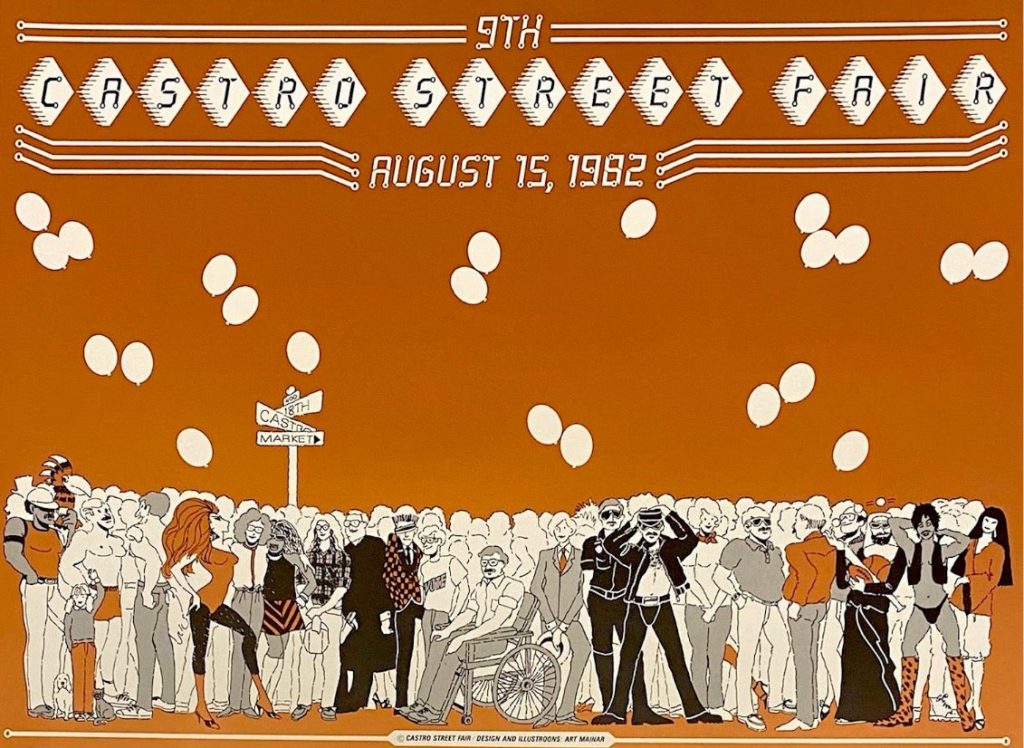
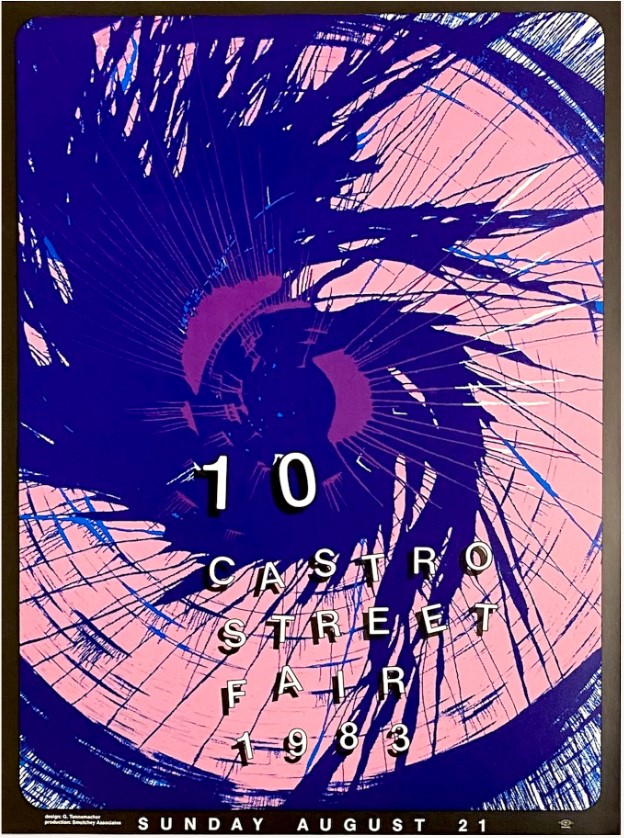
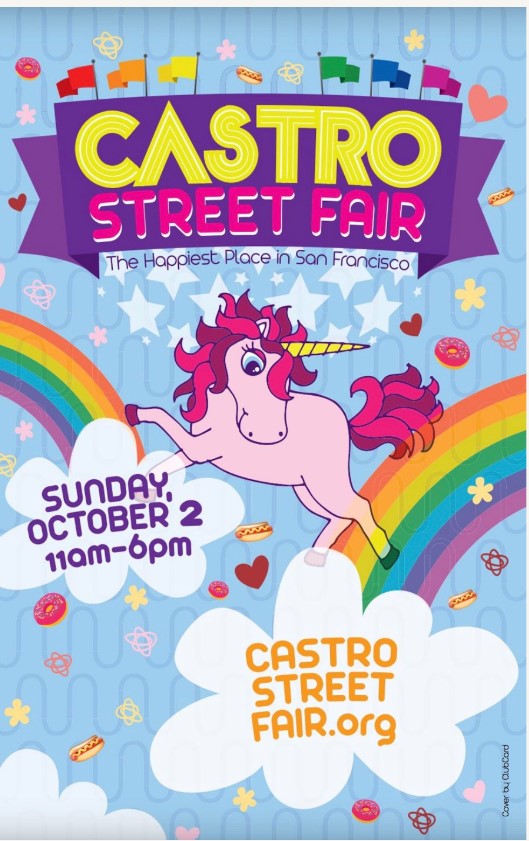
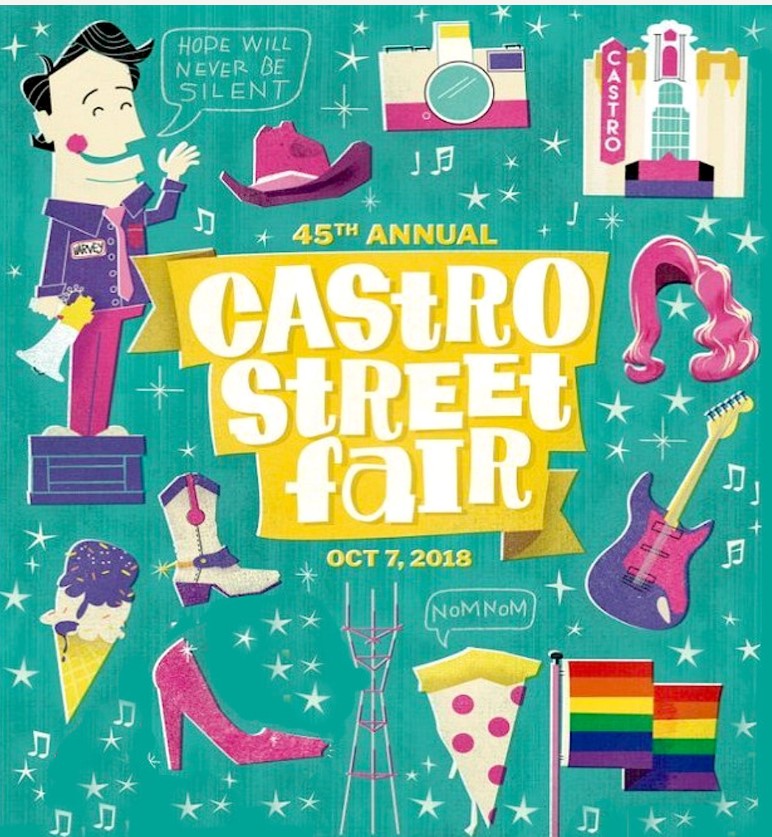
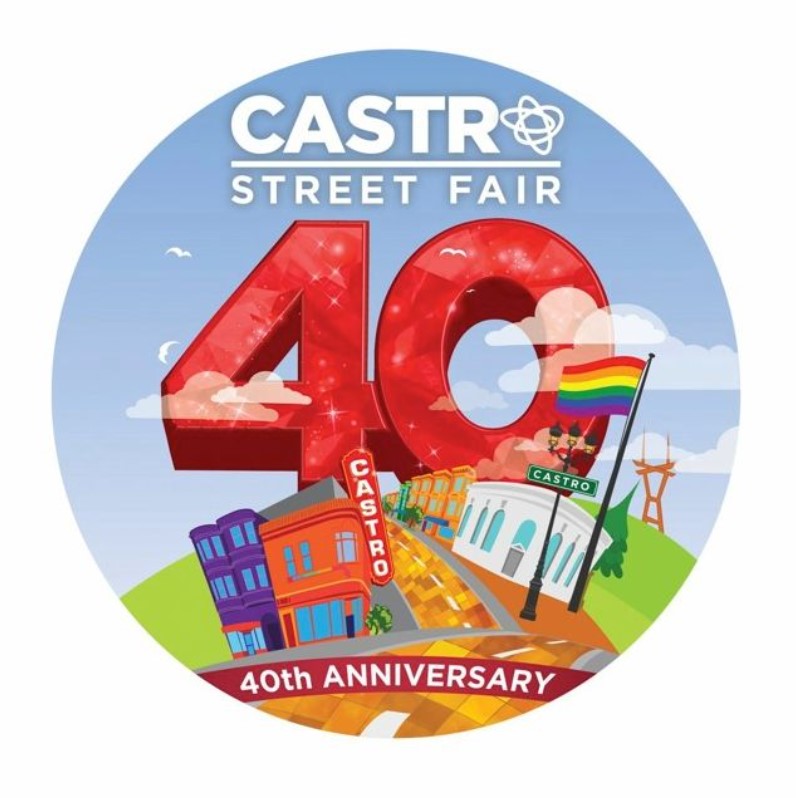
In just three years, he had reached his goals. The neighborhood was recognized as a new, vital community. Its LGBT economy, estimated to be between 25–30 million dollars annually, then a huge amount, was taken seriously by everyone in the city, including business leaders and politicians. Attendance at that August’s event was eight times what it had been in 1974. Residents, now registered in the thousands, elected Harvey to the Board of Supervisors on November 8, 1977.
The last Castro Street Fair Harvey attended was in 1978, less than three months before he was murdered on November 27. By then it was the largest “block party” in the city, including five city blocks. People in more than 200 booths shared information about nonprofit organizations, sold food and beverages, and offered enough macrame plant holders, beads, postcards, jewelry, and t-shirts to last each of the estimated 75,000 merrymakers who attended for decades.
The other fundamentals that have made the celebrations that followed great fun also were firmly in place, with fairgoers looking forward to a day of sunshine; an occasional glimpse of the odd and unusual; and people watching, with attendees sharing the results of their hard work at the gym and showing off the latest skin fashions from newly pierced nipples to tony tattoo art. Only the date changed over the years, first to mid-September and then to the first Sunday in October.
Over the years entertainers at the Fair included everyone from the Bay City Reds to Lea DeLaria to Jane Dornacker to Tom Ammiano. No one, however, was more beloved than Castro resident Sylvester, who in the 1970s became a major star; when David Bowie’s San Francisco debut failed to sell out in 1972, he explained, “They don’t need me. They have Sylvester.” He performed at the Fair at no charge, paying the not insubstantial fees for his backup singers and musicians from his own pocket.
The changes Harvey worked to accomplish were dramatically on display at the 1985 Fair, highlighted by the official dedication of Harvey Milk Plaza at Castro, 17th, and Market Streets. As Mark Barabak wrote in the San Francisco Chronicle, “Drag queens in the crowd … mingled with uniformed police officers and local politicians hoping to win points with an important San Francisco constituency.” The LGBT community had its “clout.”
What accounted for the Fair’s great and continuing success? In an article for the event’s 10th anniversary, photographer, photojournalist, and human rights activist Dan Nicoletta explained it better than anyone. When Harvey organized the first festivities in 1974, Nicoletta wrote, “The Castro was a unique area of blossoming social, political, economic, and artistic activity. The Castro Street Fair was the annual celebration of this, and everyone came out into the street to see, and share, and revel in it.”
It still is and they still do.
Bill Lipsky, Ph.D., author of “Gay and Lesbian San Francisco” (2006), is a member of the Rainbow Honor Walk board of directors.
Faces from Our LGBT Past
Published on September 21, 2023
Recent Comments